The hospitality industry and Swiss hotels are a clear example of the unbalanced effect of Covid-19 in a specific industry. For instance, while social distancing might have handicapped revenue for a three-star Michelin restaurant downtown, it may have represented an opportunity for the basic take-away. Why and how is it that some fractions of the same industry have come out winning from the crisis, with others losing?
The Covid winners and losers
In this article, we aim to explore who lost, who came out even and who gained from Covid in the Swiss hospitality industry - a very well-established industry serving both international and national guests in different seasons. We also ask the all important questions: what to do about it?
From a probability stand point, we have four possible outcomes facing a catastrophe like the health crisis: winning, losing, coming out even and being unaffected. The Swiss industry experienced all the possible combinations - except the winning one.
Among the losing cantons you find canton Aargau, Basel (both semi-cantons, if you want to be precise), Fribourg, Geneva, Glarus, Luzern, Nidwalden, Obwalden, Schaffhausen, Schwyz, Solothurn, San Gallen, Thurgau, Vaud, Zug and Zurich. These cantons lost both national and international guests, without distinction. All these cantons have a demand trend that looks like canton Aargau’s one, sketched in Figure 1.
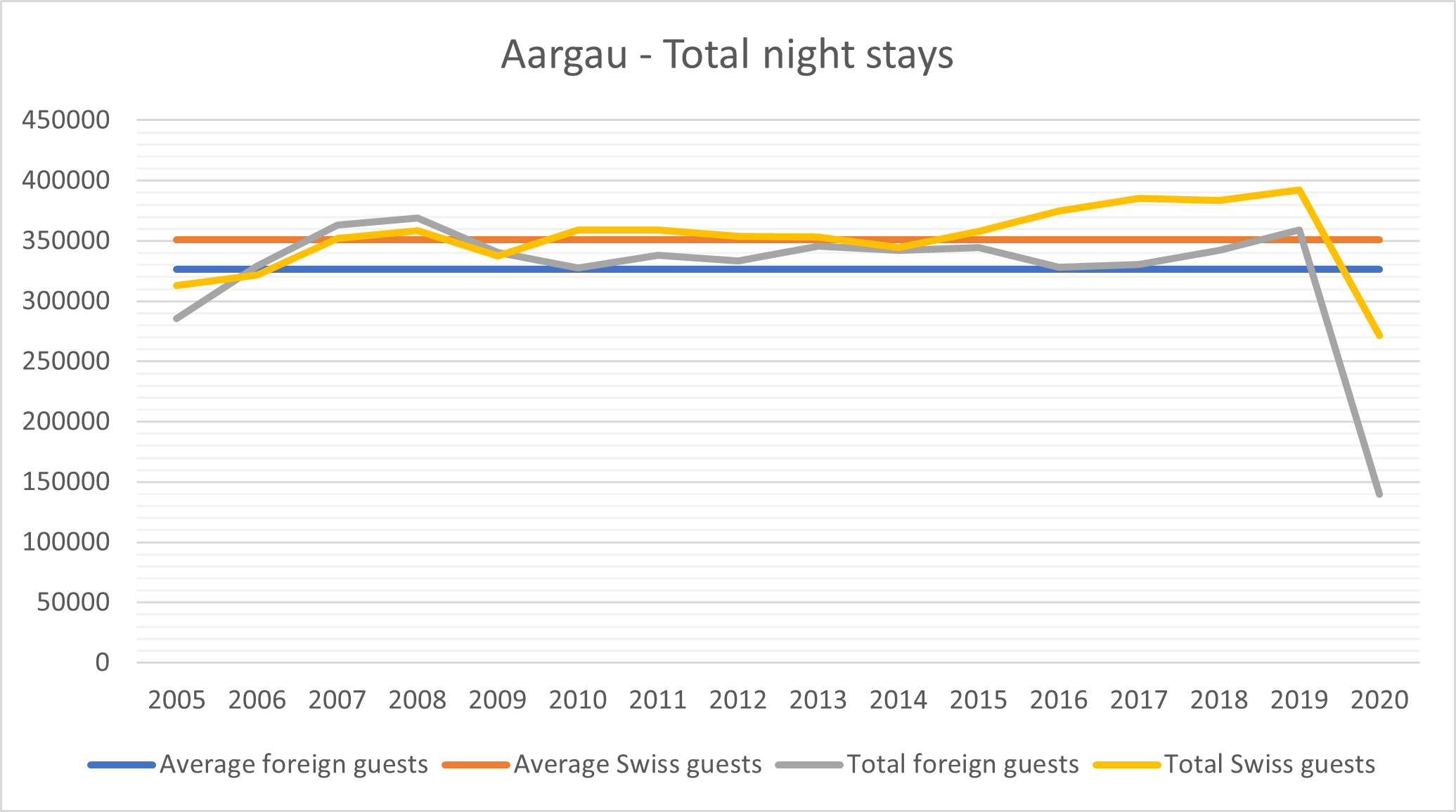
Figure 1: Example of a losing canton
Extremes cases of this type of scenario are the cantons of Geneva, Luzern, Obwalden, Zug, Zurich that literally saw a “kamikazing” of their hotel night demand.
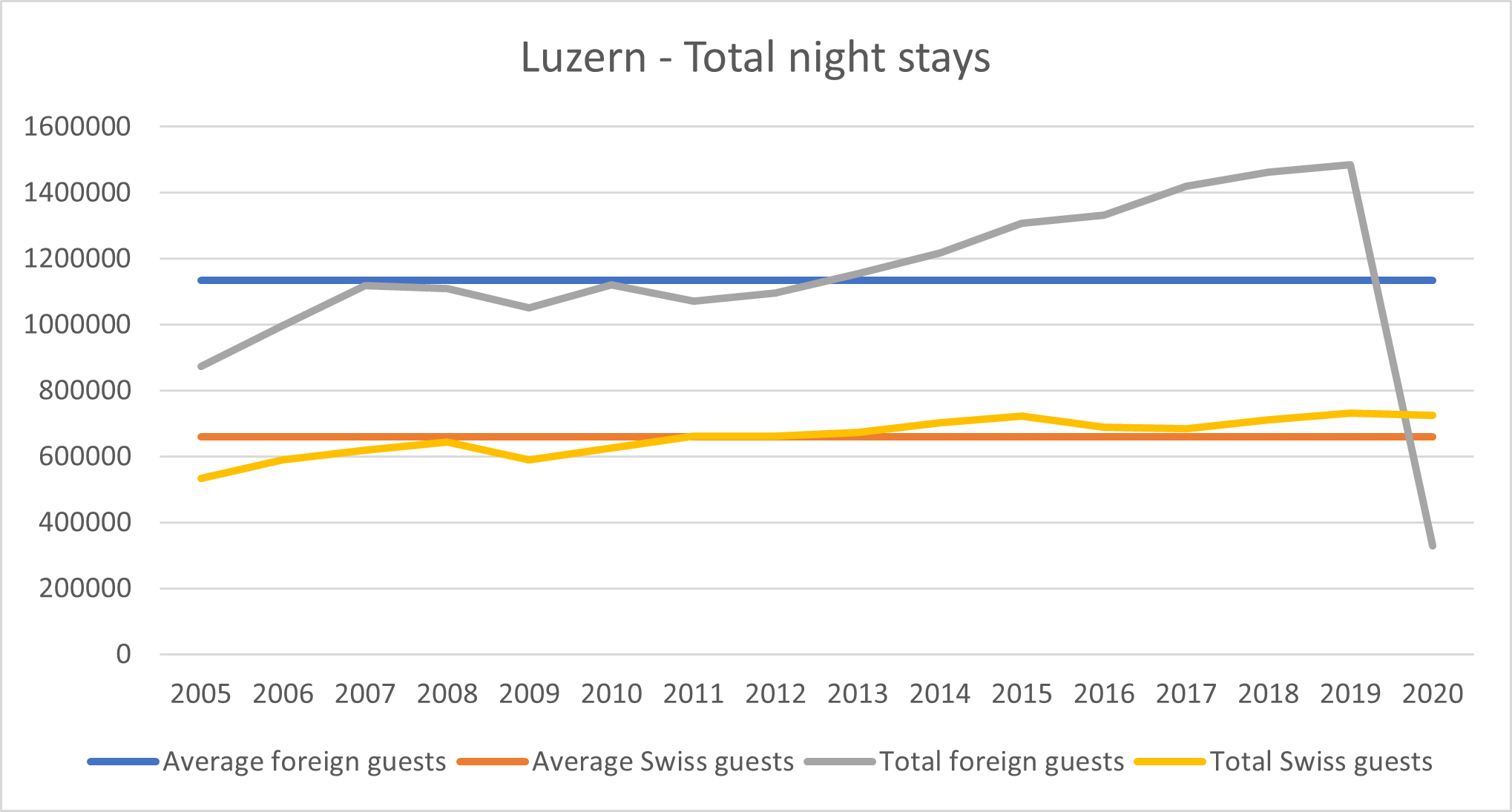
Figure 2: Example of a 'kamikazing' canton
Then, there are the cantons that more or less balanced out their losses and gains. This category includes canton Appenzell Innerrhorn and canton Graubünden. Their trend looks like canton Appenzell Innerrhoden’s one, presented in figure 2. These cantons were able to quite compensate (or even out-trend) the loss of international tourists by attracting national guests.
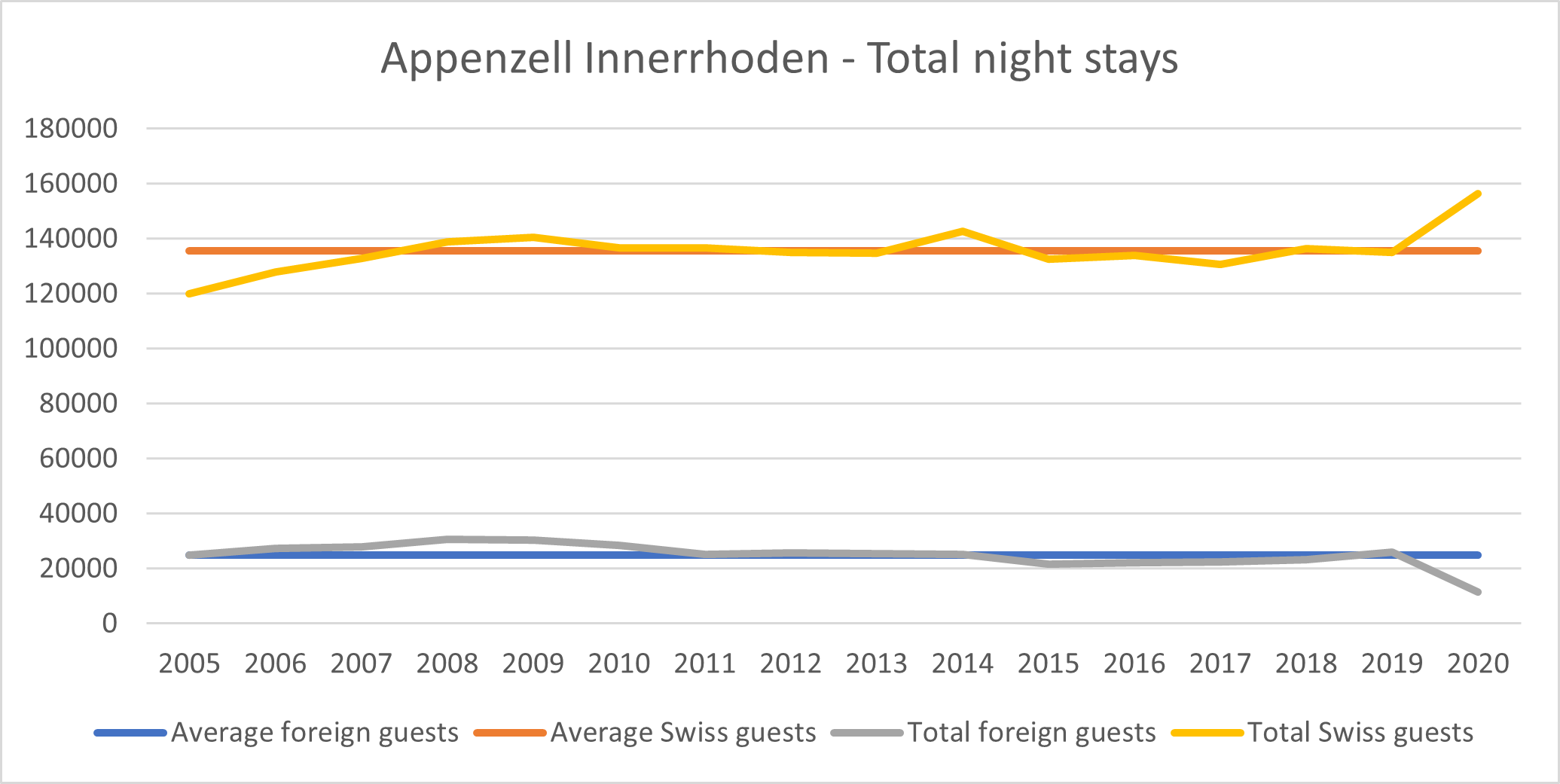
Figure 3: Example of a 'coming up even' canton.
There are also cantons that despite being able to partially compensate the loss in international tourism demand by an increase in local demand, came out short. In this category fall the cantons of Neuchâtel, Ticino, Uri, Valais and Bern (which yes, faced an increase in local demand but not even close to the huge drop in international demand).
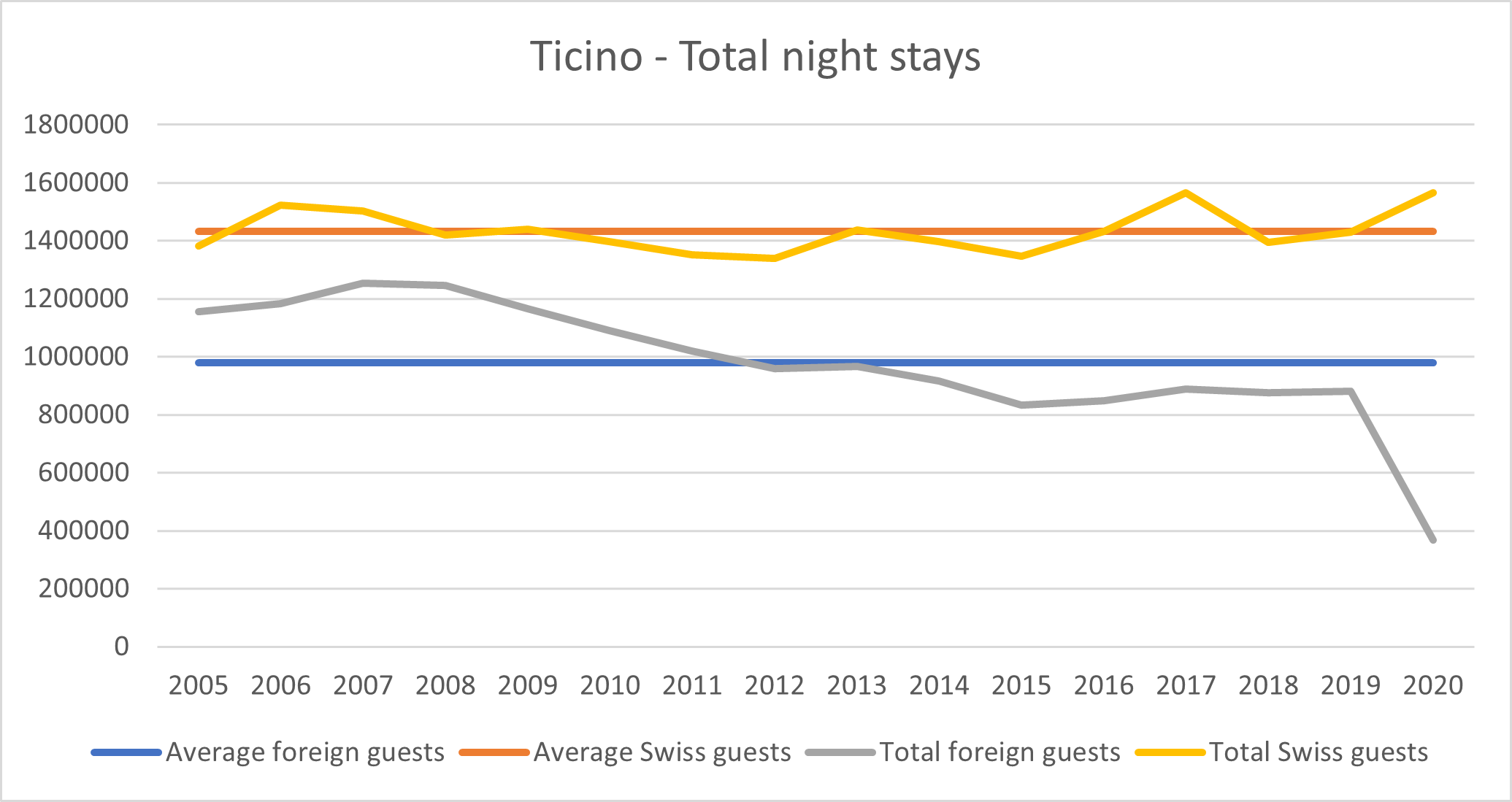
Figure 4: Example of a canton that was quite able to compensate.
Finally, the category made up of those that were somehow spared by Covid. That is, cantons that indeed were negatively but not significantly affected and in line with 'the order of things'. More specifically, these cantons faced similar small changes as in the past, so that it is hard to say whether it was the pandemic that lead to such a situation or another confounding factor. Here, we count two cantons: Jura and Appenzell Ausserrhoden that have had a steady decline in international and national demand since 2008, and hence, Covid may not be the decisive factor behind the drop.
Figure 5: A canton that was not significantly affected.
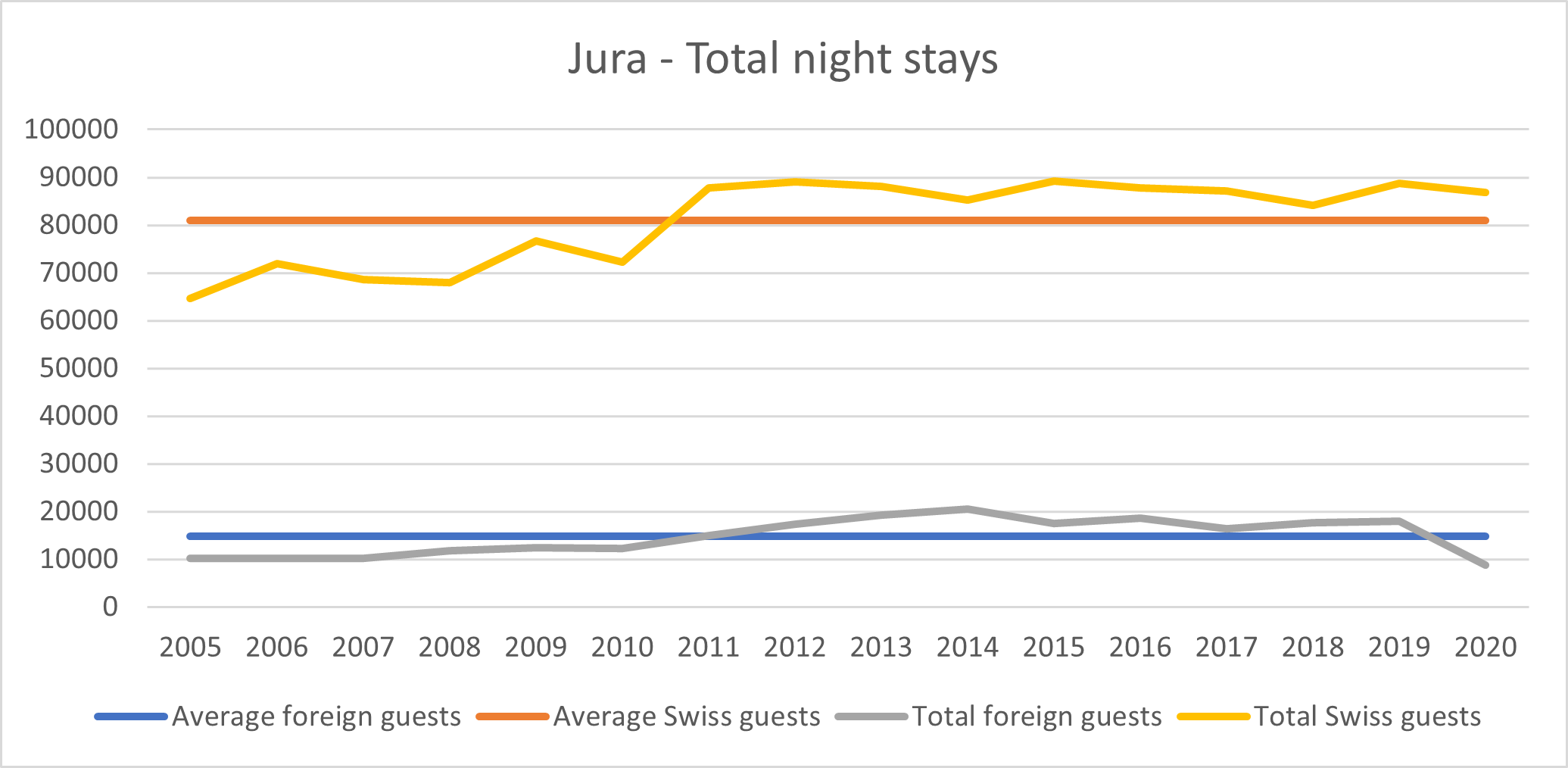
Why and what to do about it?
We can classify the explanation of what we observed in two main categories:
- orientation towards international versus domestic tourism
- orientation towards business versus leisure travelers
1. Orientation towards international vs. domestic tourism
Some cantons, like canton Luzern, are deeply focused on international tourism, while others, like canton Ticino, are mainly focused on domestic tourism.
In this particular case, Ticino could contain the losses because it managed to attract more domestic travelers, while Luzern experienced huge losses. Intuitively, when travel restrictions were put in place, Ticino was able to leverage its network and attract national tourists already used to the idea of going south and not used to consider Luzern. Moreover, cantons used to target more local tourists faced a new possibility.
In fact, while in the past those cantons used to suffer from the competition of European alternatives, nowadays, those alternatives were annihilated by Covid restrictions. Again, consider for instance canton Ticino. Ticino that targets mainly national tourists, suffers from the competition of the nearby “Bel Paese”. Yes, Ticino has nice Mediterranean weather but so does Italy and at better prices (to say the least). The traveling restrictions helped to convey those clients to canton Ticino.
Now, the main questions are: does it make sense to follow a strategy like Luzern’s one, which does not imply any type of diversification? And if not, is it easy to switch from an international tourism oriented strategy to a completely different one? In other words, hotels in canton Luzern that depend so much on international tourism, couldn’t or rather didn’t want to open up to a change of their image of international resorts during the pandemic.
Answering such questions means answering a more in general one: is it optimal to specialize in attracting one type of traveler (international or domestic) or should cantons rather aim at a diversification in this sense?
The answer may depend on the marketing strategy - which above all - includes the price strategy. In fact, it might be difficult to revert a (price) strategy during a pandemic. Besides, a reverting strategy might generate confusion that will act as a boomerang once the pandemic is over. In that case, hotels might base their cost-benefits analysis on expectations on the length of travel restrictions. That is: for a season or two it is not convenient to signal to locals (and accommodate the supply accordingly) because what I earn in this timeframe will not compensate what I will lose in the long run.
2. Orientation towards business vs. leisure travelers
The second issue is rooted to the travel classification. When we classify travelers, we can classify them also on the basis of the reason why they travel: mainly for business or for leisure. As you can observe, cantons like Geneva and Zurich, which mostly attract business travelers, experienced huge losses. On the contrary, cantons like Jura or Uri, which represent the Swiss countryside and mostly attract leisure travelers, did much better. After Covid and the introduction of new technologies, do we expect business travelers to go back to their old habits? At this point, what is the winning strategy: should cantons invest in the necessary infrastructure to attract leisure tourism, which seems to be more resilient than the business one?
In the case of international versus domestic tourism, diversification might be the answer to face future crises, while, when we consider business versus leisure travelers, the good direction seems the one towards specialization. The future of tourism is still uncertain, but these kinds of questions could help us to better shape the future.




